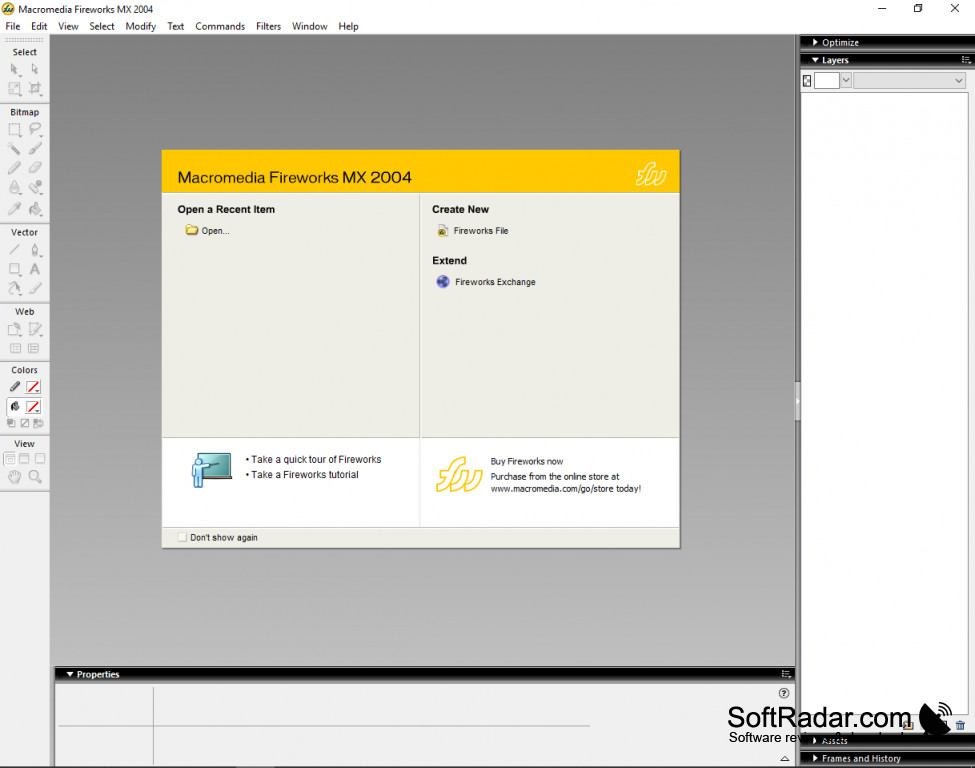

Select Edit Sites to open the Edit Sites dialog box. The one beside it withthe arrows is the Version Control button.Ĭlick the Version Control button to open the Version Controlpop-down menu.


The first one, which looks like a box witha Flash icon leaning against it, is the Project button. When the panelactivates, you will see two buttons. The panel is then activated by selectingeither Create a New Project or Open an Existing Project. If the panel isn't in your panelgrouping, select Window, Project. To get started, you need to define a site. Thisincludes Local/Network and FTP access protocols, as well as a plugin interfaceto allow for integration with version control systems like SourceSafe, WebDAV,and RDS.
MACROMEDIA MX 2004 P PROFESSIONAL
Defining a Site in Flash MX Professional 2004įlash now includes version control capabilities on par with Dreamweaver. We include the Project panel because it is such an important addition to theapplication, and it is beyond us why it is not included in Flash MX 2004.
MACROMEDIA MX 2004 P PRO
The feature sets between the two versions are not radicallydifferent, apart from the addition of some very powerful components, videotools, streaming media components, and the Project panel in the Pro Edition. Flash MX Professional 2004 is aimed squarely at thehigh-end application developer market, such as those building e-commercesolutions in Flash. The version packaged withthe Studio is Flash MX 2004. There are now two versions of Flash on the market. When the MX Studio was introduced, we found it odd that thenew Flash workflow integration capabilities≼heck In/Check Out forexamplewere simply not there. That may have been true when it was firstintroduced, but the dynamic and coding features added to the application insubsequent revisions have served to make it far more complex than itsVectorWorks roots. For some very odd reason, Flash has always beenregarded as a single-user product. In the previous chapter, we discussed a work group aspect of Dreamweaver MX2004≼heck In/Check Out. This version of Flashfurther cements the integration of the Studio and web development workflow. Until this version of Flash, the capability to share a file around a workgroup involved servers, "sneaker Net," or email. The Flash MX Professional 2004 Project Panel The old one is the use of theChat component in Flash MX. The new feature isthe Project panel in Flash MX Professional 2004. This final section of the chapter, therefore, injects immediacy into theproduction process, and it revolves around a new feature of Flash MXProfessional 2004 and an "old" feature of Flash MX. Theuse of the Chat component in Flash adds a distinct measure of "cool,"but, most important of all, it provides a sense of immediacy and, unlike instantmessaging, focuses solely around the task at hand. The only way of doing this is to pick up the phone,yell across a divider, or jump in your car and have a face-to-face meeting. The problem with that is there is simply no way of adding immediacy tothe communication process. In the case of inter-team communication, the easy way is to simply rely onemail.
MACROMEDIA MX 2004 P SOFTWARE
Being firm believersin "let the software do the work," we are constantly looking for waysthat make the production process more efficient. We have been quite consistent to this point in the book. Learn More Buy Creating a Chat Room in Flash MX 2004 Building Dynamic Web Sites with Macromedia Studio MX 2004


 0 kommentar(er)
0 kommentar(er)
